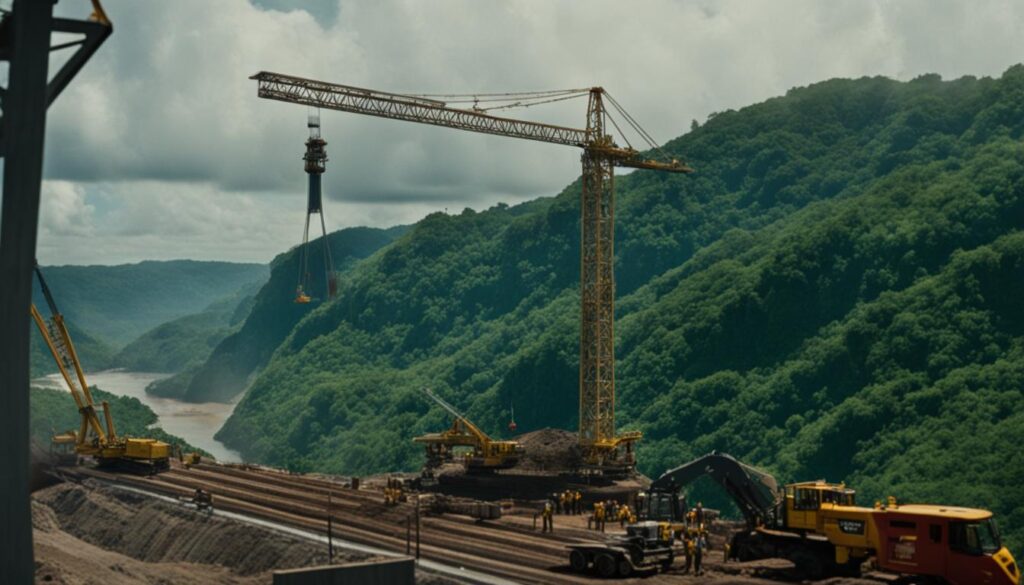In 1906, Theodore Roosevelt made history by becoming the first sitting U.S. president to travel abroad. This journey changed the course of presidential diplomacy. It set the stage for future White House travels.
Roosevelt’s visit to Panama was a big deal. He went to see the Panama Canal construction up close. This showed his hands-on approach to leadership and his focus on big projects.
This trip lasted from November 9 to November 26, 1906. Roosevelt spent four days in Panama, from November 14 to 17. He was there to check on the canal’s progress. His trip opened the door for future leaders to meet with other countries directly.
Key Takeaways
- Theodore Roosevelt was the first sitting U.S. president to travel abroad
- The historic trip took place in November 1906
- Roosevelt visited Panama to inspect the Panama Canal construction
- The journey lasted from November 9 to November 26
- This presidential travel first set a precedent for future White House travels
- Roosevelt’s trip changed the landscape of international diplomacy
Roosevelt’s Presidential Travel First: The Groundbreaking Journey to Panama
Theodore Roosevelt made history with his trip to Panama in 1906. It was the first time a U.S. president visited another country while in office. He went to check on the Panama Canal construction, a project he fully supported.

Roosevelt stopped in Colon and Panama City during his visit. He gave several powerful speeches. He talked about how the canal was vital for global trade and American interests.
His visit lifted the spirits of the workers and showed his leadership style. It was a big moment for the Panama Canal project.
This trip set a new standard for presidential visits. It showed the need for U.S. leaders to be involved in global affairs. Roosevelt’s trip to Panama showed the big impact of big projects on the world.
Roosevelt’s journey to Panama changed how presidents handle international matters. It started a tradition of leaders overseeing major projects abroad. His trip to Panama is a key part of presidential history and global relations.
Early 20th Century Presidential Travels: Setting New Precedents
The early 1900s brought a big change in how presidents traveled. Early 20th century presidents started going beyond U.S. borders. This marked a new chapter in how the U.S. interacted with the world.
William Taft made history in 1909 by visiting Mexico, the first U.S. president to do so. Warren Harding followed in 1923, becoming the first to visit Canada. These trips helped build stronger relationships with neighboring countries.
Woodrow Wilson took presidential travel to new levels in 1918. He went to France for a World War I peace conference, becoming the first sitting U.S. president to cross the Atlantic. This move showed America’s growing influence worldwide.
Even as travel became more global, trains still played a big role in presidential trips. They took presidents to ports and across borders, linking them to ships and other countries. These journeys by rail and sea opened new doors for American diplomacy and influence.

Leave a Reply